f8
This post is supposed to be about f8. But yes, I have to admit that I love fast primes – whether f1.2, f1.4 or f1.7/1.8. Lately, however, I’ve noticed something that I urgently want to rethink and change. OK, actually I haven’t just noticed this lately, but for some time already. Now, though, I’ve been thinking about it more and more.
Yes, images taken with open aperture expose things, backgrounds often look beautifully blurred and pictures usually get that typical three-dimensional pop.

This is a good thing and of course can expand the creative scope in photography. But – to come back to my thoughts – this type of photography also has a downside, of course. It is sometimes very simple, under-complex and – yes – somehow differently one-dimensional as a result.
I consider myself a (visual) storyteller. But how can you tell stories if a large part of the story always disappears in the blur? Somehow that doesn’t work out… at least not when it becomes a habit or a fetish.
Let’s take a closer look at the matter. Because the story isn’t that simple after all…
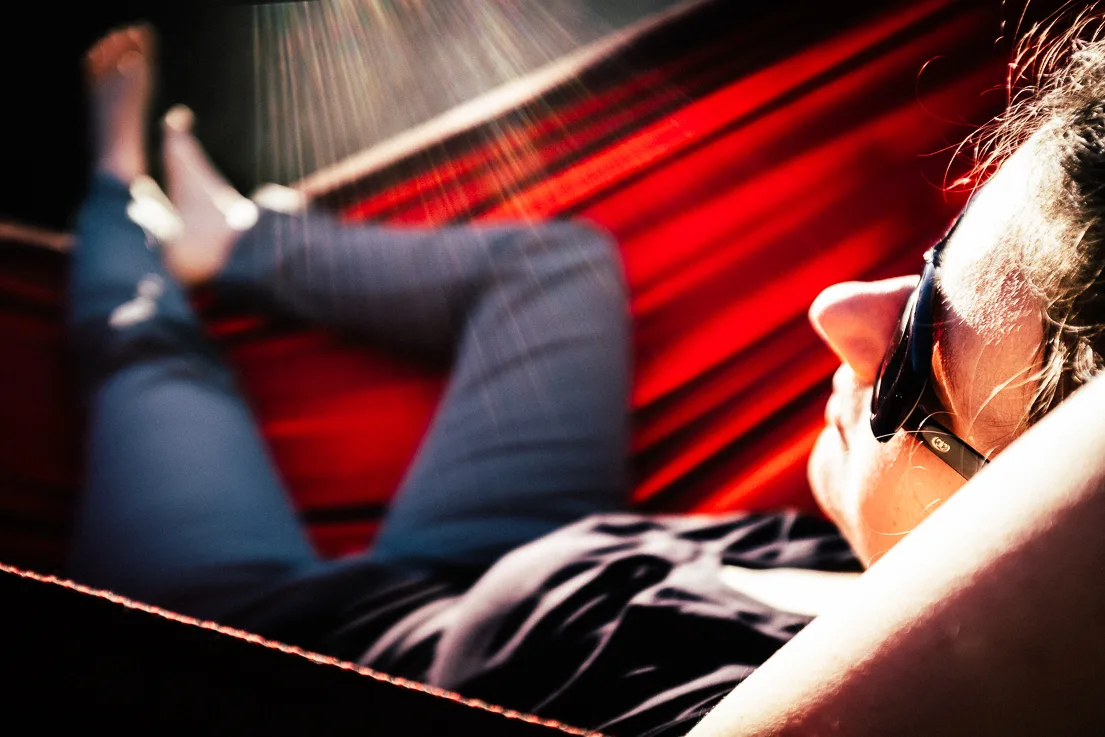
What is it actually about?
So, why do we generally use an open aperture in photography? To put it somewhat simply, there are two reasons for this:
- We need this to get an appropriate exposure time – be it in poor lighting conditions or to “freeze” a fast movement.
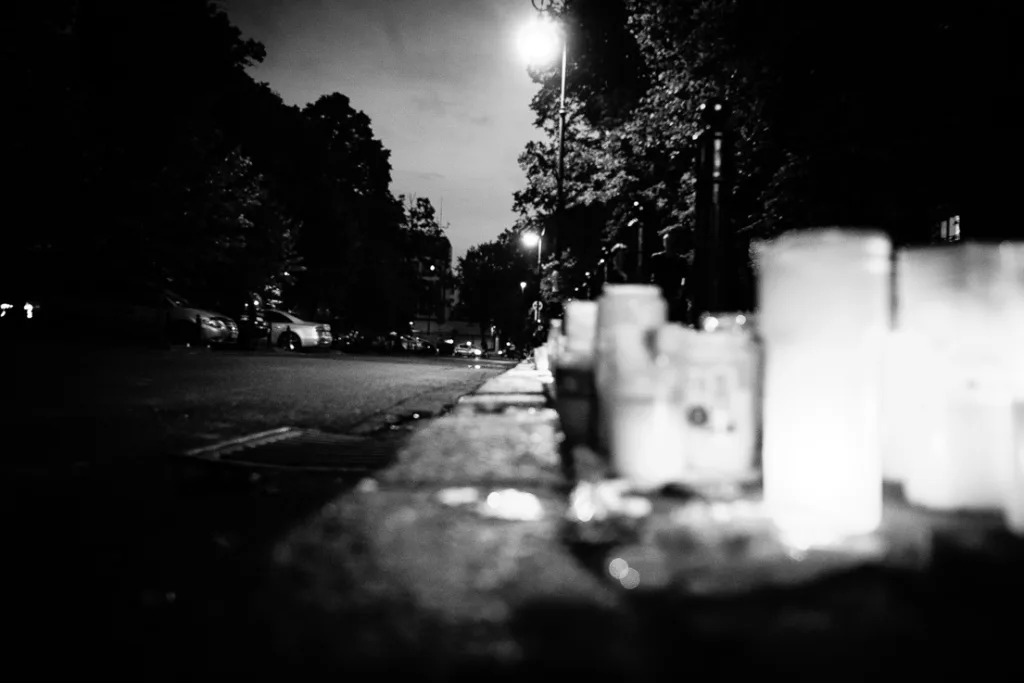

Here are both pictures taken at night and already with ISO 6400. Without an open aperture, I wouldn’t have had any chance of making them halfway blur-free.
- we deliberately want to have a very shallow depth of field, e.g. to isolate an object from the background and/or foreground.
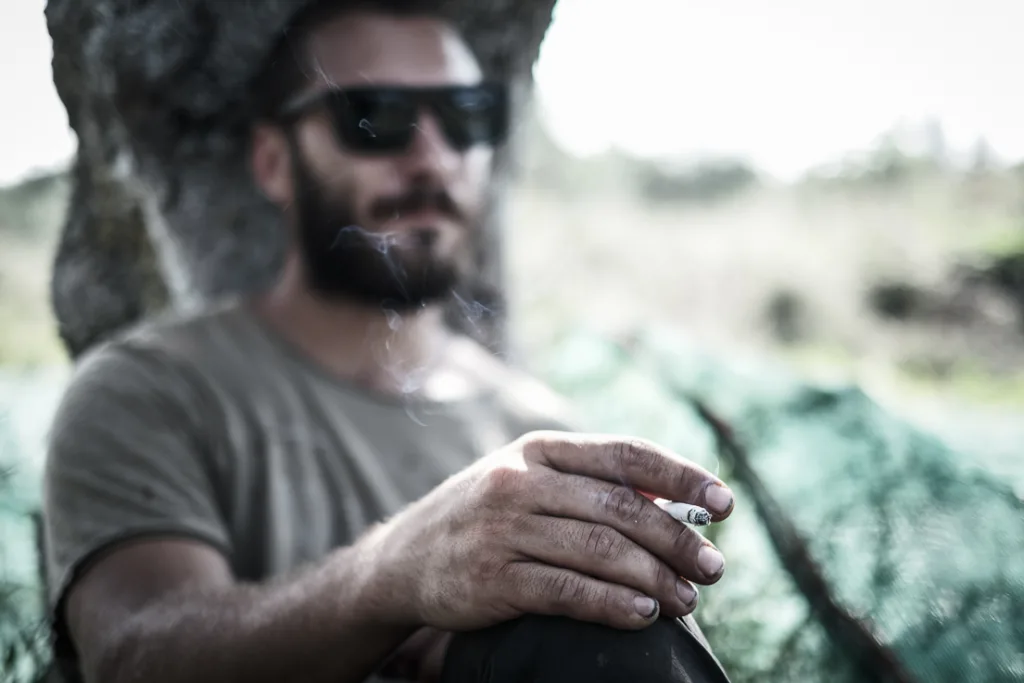
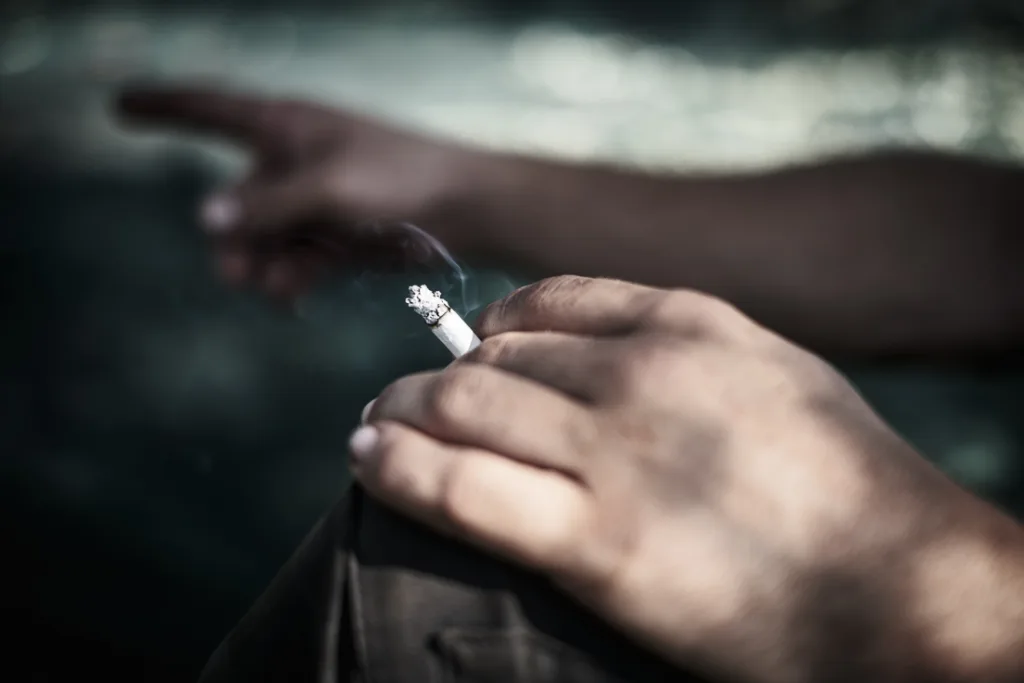
Here… well, I think it’s obvious why I wanted the aperture open here…
In principle, there is nothing to be said against either reason. The first could not be changed anyway, except sometimes with artificial light, possibly a tripod or the acceptance of motion blur. The second is simply a creative element, and therefore initially something good. Something that gives us the opportunity to point things out, to put them centre stage, etc. That’s great, I love it!
But the shallow depth of field is exactly the point of this post. Because I think this has far more consequences and pitfalls for us than we perhaps sometimes realise. It holds stylistic and creative challenges that we should at least keep in mind.
Why is f/1.4 so tempting?
Let’s leave the obvious things (amount of light and sometimes ‘justified’ object isolations) aside. An aperture of f1.4 tempts you to use it – sometimes much more often than might be wise. It can almost become an unnoticed drug in photography. A fetish for which there are even terms today: e.g. the term ‘bokehlicious’.

Why is that? I think it’s partly because it often looks very nice – visually. Blurred, dreamy, colours running together, etc. From a purely aesthetic point of view, this often appeals to us, including me, no question. But perhaps the whole thing becomes a bit of a problem when it turns into an objective of the picture as such.
Cross my heart! Which of the photos above would I have taken if I hadn’t had a fast prime lens available? Certainly none! At least I didn’t realise until now that I had an interest in bottle caps lying on a table. OK, I know the image can tell a story too, but I’m sure you know what I mean.
Please don’t get me wrong, such pictures can look nice and I like them too. They also have a right to exist. And if someone wants to take bokeh pictures all his or her life, hey, feel free! To each his or her own! I just wanted to make it clear what the ‘drug’ bokeh can do to photography…
How a non-problem might become a problem after all…
It becomes much more problematic – and that’s what I’m actually talking about here – when the habit or urge to always use an open aperture becomes a kind of standard in your photography. So if it is either a) used in pictures whose subject and picture idea should actually exclude it. Or – even worse – when b) you start to lose sight of the motif, the big picture, the context in the almost toxic search for the image with the shallow depth of field.
I didn’t find any super obvious pictures for a) quickly. But that’s also due to the fact that I’ve almost only photographed with wide-angle lenses – and until recently only in APS-C. With a focal length of 16 or 18mm, you don’t even have that much of a problem from a certain distance. But still, on closer inspection, it didn’t really make much sense to take such pictures with a very open aperture. I actually wanted to have the whole scene in focus…
It gets really stupid when, like me the other day at a Midsomer festival in Sweden, you’re almost exclusively looking for bokeh images. I didn’t actually have a single usable photo from the whole day – and there really would have been enough opportunities. Everything somehow looks like these somewhat boring pictures:
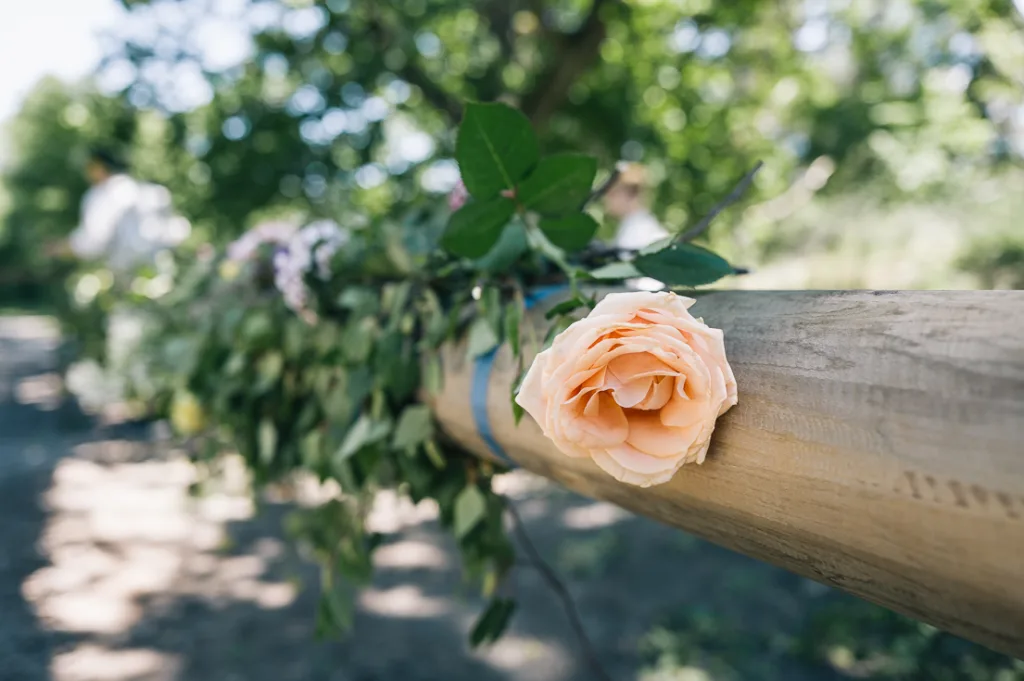
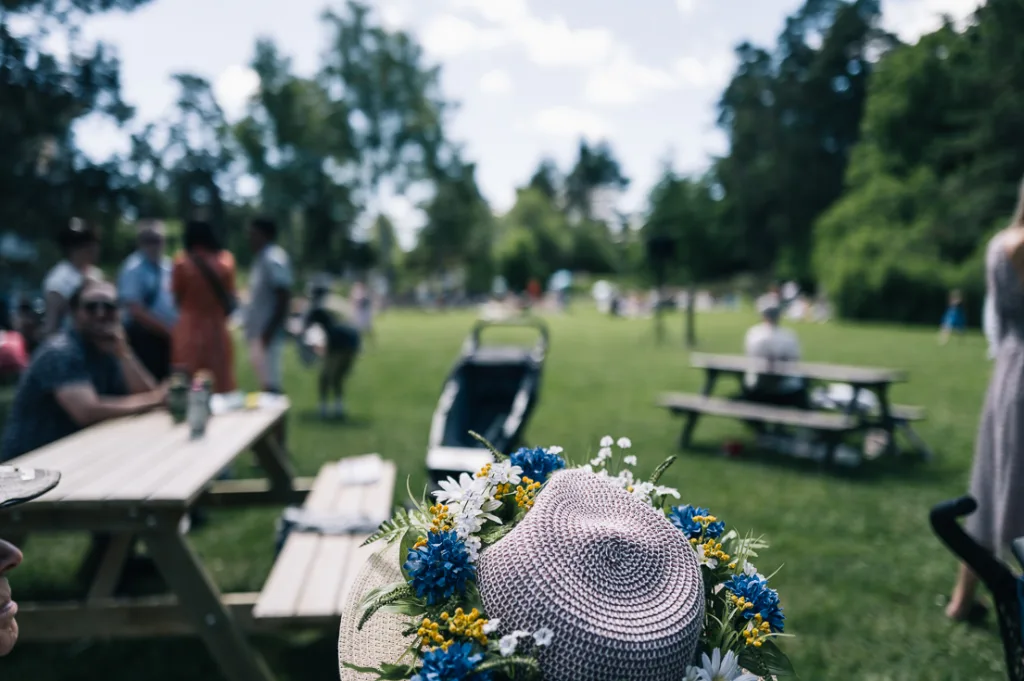
Fortunately, when I’m out and about ‘seriously’, i.e. documenting, it doesn’t really happen to me that often. But when I’m just wandering around the city, I’ve caught myself doing it more and more often…
f1.4 is not a compelling evil in image composition – even with documentary
Of course, not every photo in documentary work always has to be stopped down. There are many reasons why the use of shallow depth of field can also be useful. Variety in the photos is just one reason. Deliberately blurred views can be another.
Sometimes you don’t want to show everything in focus from front to back. There can be a thousand reasons for this. You might want to play with the viewer’s imagination and deliberately leave things ambiguous, for example.

In other cases, it might be things that are clear or known anyway, things that are perhaps horrible. You may only want to imply these…
In my view, it’s just important not to overdo it. Important things in a story should of course also be shown clearly, sharply and without too many unnecessary effects. To stay with the last example: An institution as important as the Memorial and Museum to the inconceivable horror of Auschwitz should – regardless of maybe a very emotional and very personal view on site – of course also be documented clearly and with dignity.

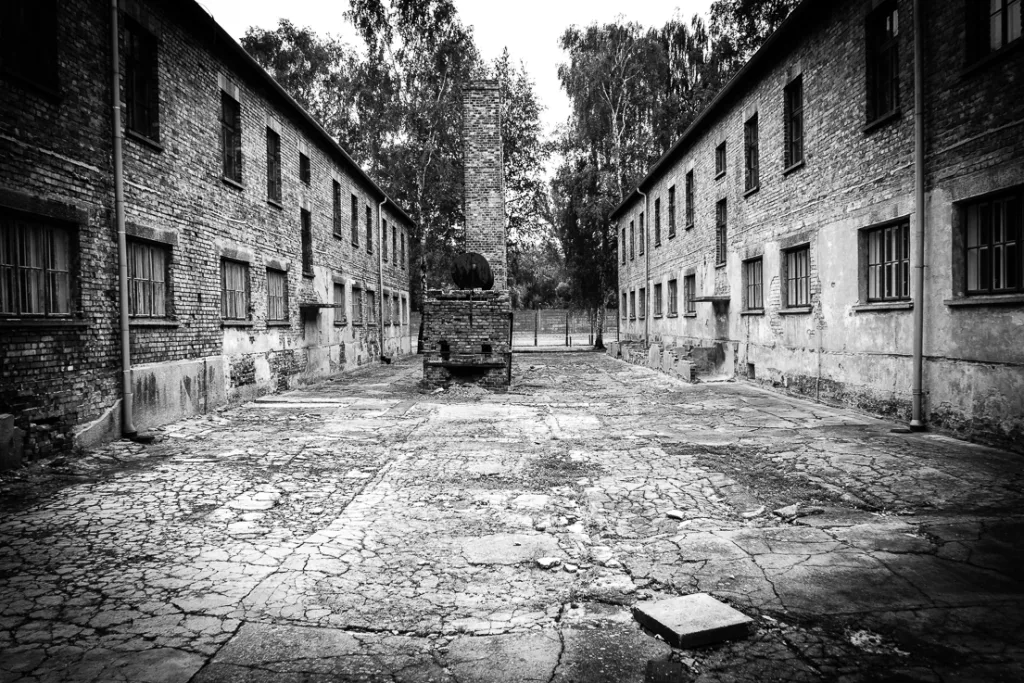
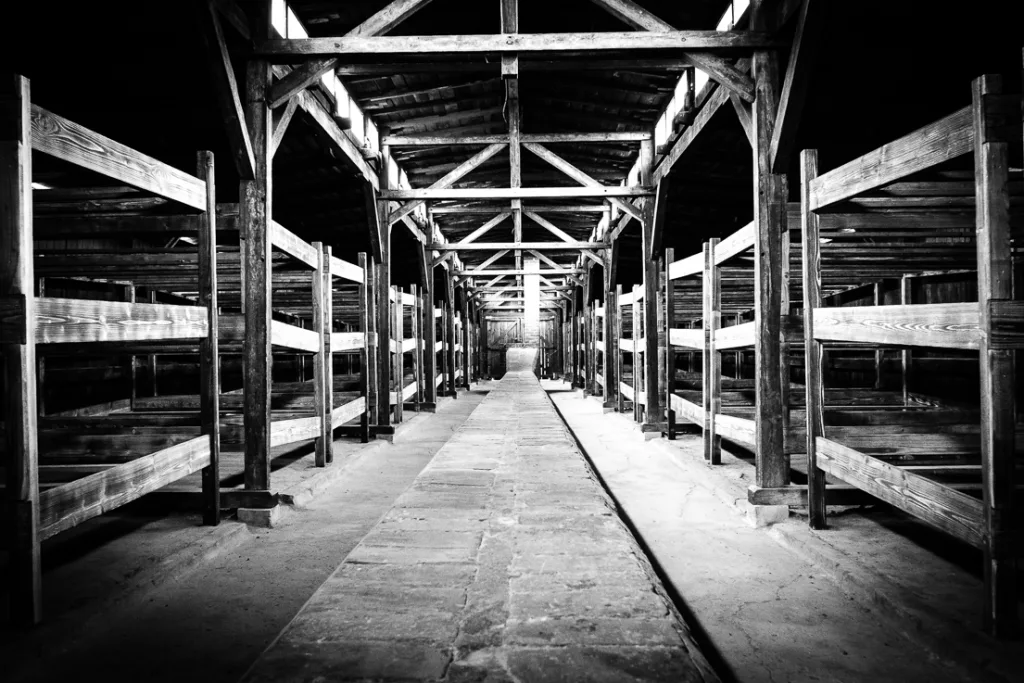
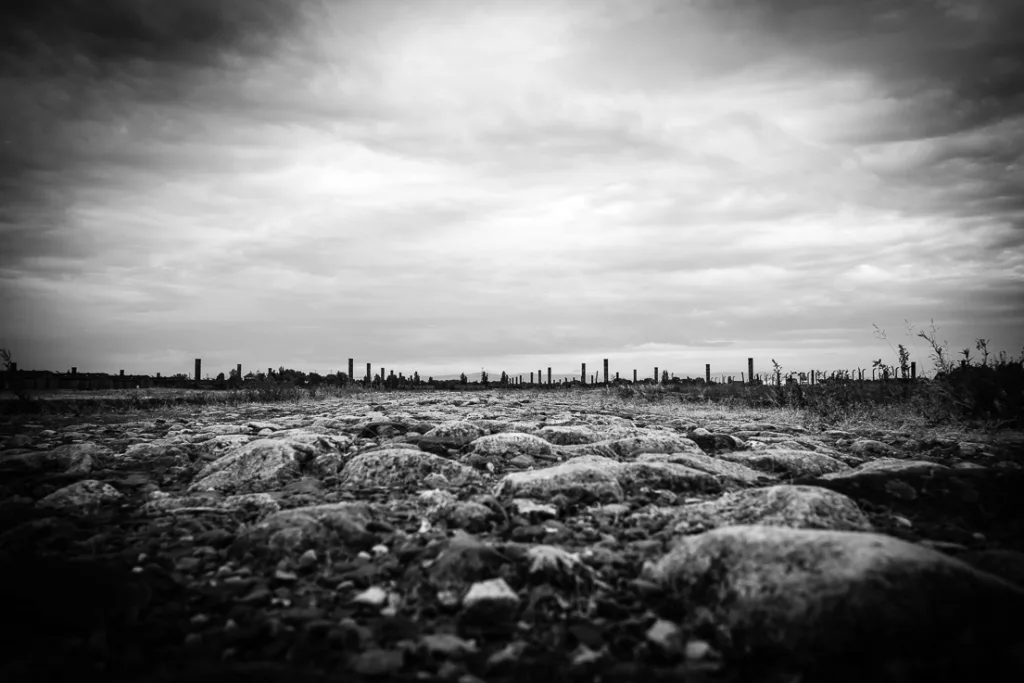
The following passage contains an explanatory parenthesis: I thought long and hard about whether to include these picture examples of Auschwitz here in an article about aperture and image composition – and in the end I decided in favour. This decision was based on the fact that photography is more than just a question of apertures. Above all, it is a question of how we see the world and show it to others. Nevertheless, for more context, please see here and here.)
A plea for more f/8
In order not to digress any further and come to a conclusion, here is my plea – which is also and especially important for myself. If you want to tell a story, you shouldn’t just focus on the details.
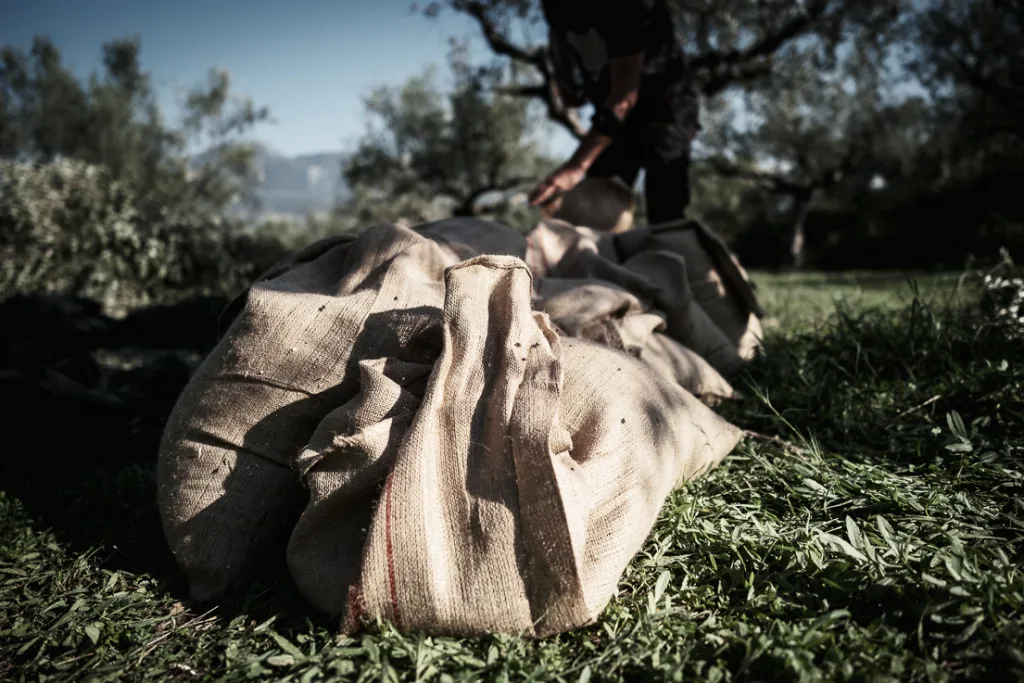
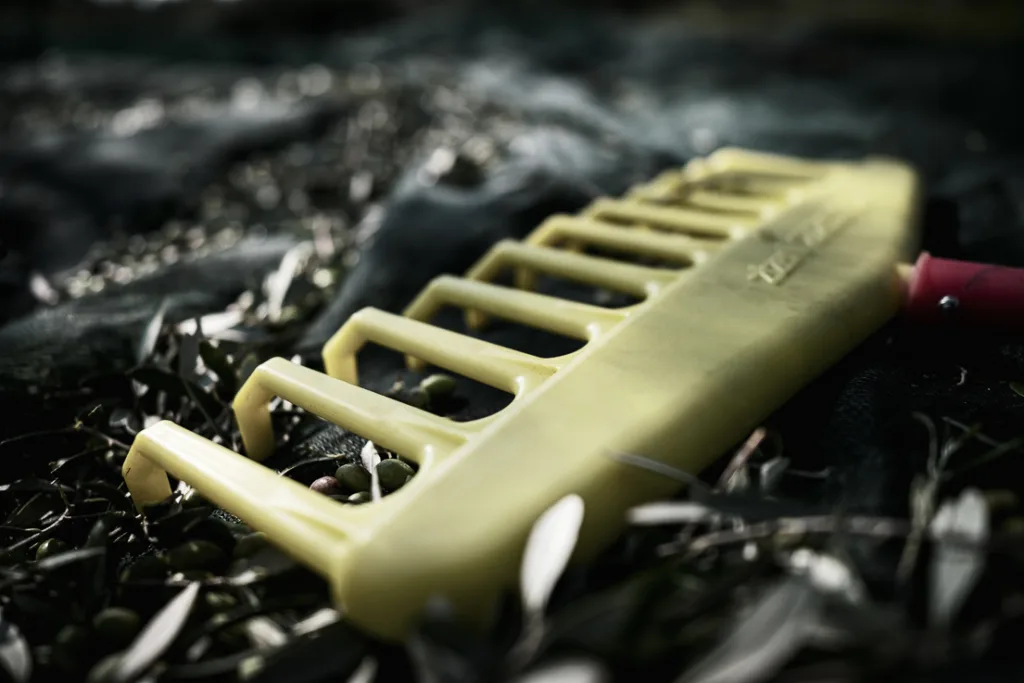


Instead, you should never lose sight of the big picture, and for that you need, among other things, an aperture that makes this possible. Like f8. This is the only way to make the context clear and reveal the whole picture to the viewer.
There are many images that cry out for context – otherwise it wouldn’t be clear what the story is about at all. Where you are. Why the picture was taken in the first place.

With the blurred view of f1.4 this is not possible. Here, f8 is required for a better overview. This is the only way to make different layers visible. There can be interesting things, funny side stories, graphic elements for the image composition or – yes, the context information itself.
The use of smaller apertures – and thus the greater depth of field – is of course often more demanding. You have to pay much more attention to the image composition or the image becomes confusing. This is often not so easy, especially when things are moving fast. You can also see this in a some pictures above (e.g. in those taken in Rome) and I see it again and again when I look at my catalogues. There’s only one thing to do: shoot, shoot, … and gain the experience to do so.
So, two more sentences at the end. Like so many things, this all is also a question of perspective, both personal and that of the camera.

And, as we know, this can sometimes look one way and sometimes another. 😉

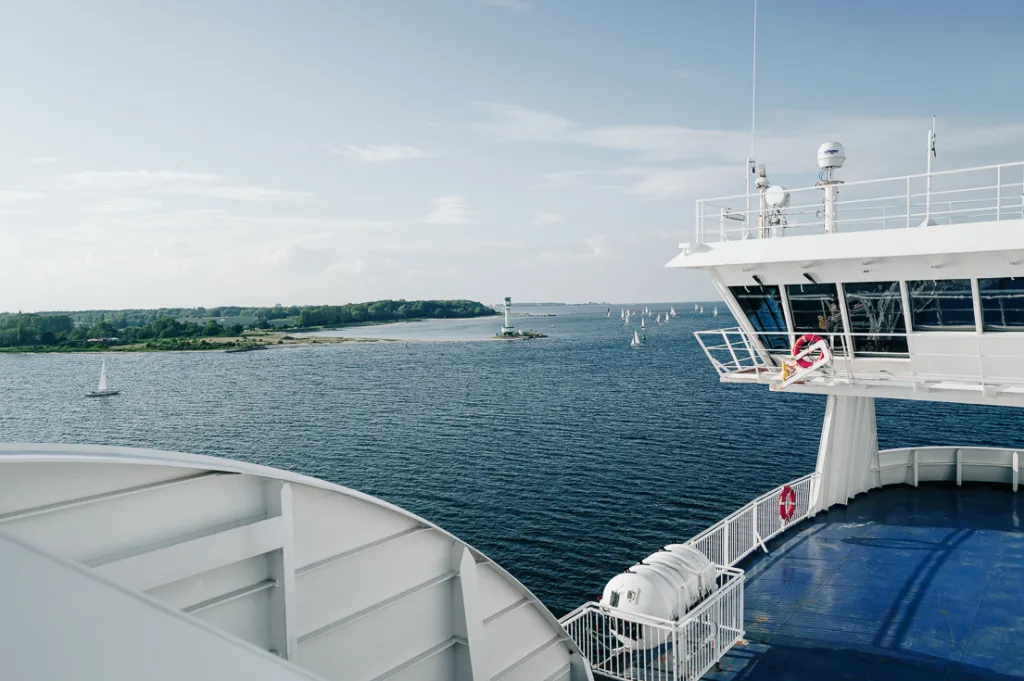
Please let me know what you think about that all!
P.S. By the way, here you find some thoughts on why Steven Spielberg uses wide angle lenses and avoids open aperture. 🙂
There is always light somewhere – go out and shoot!

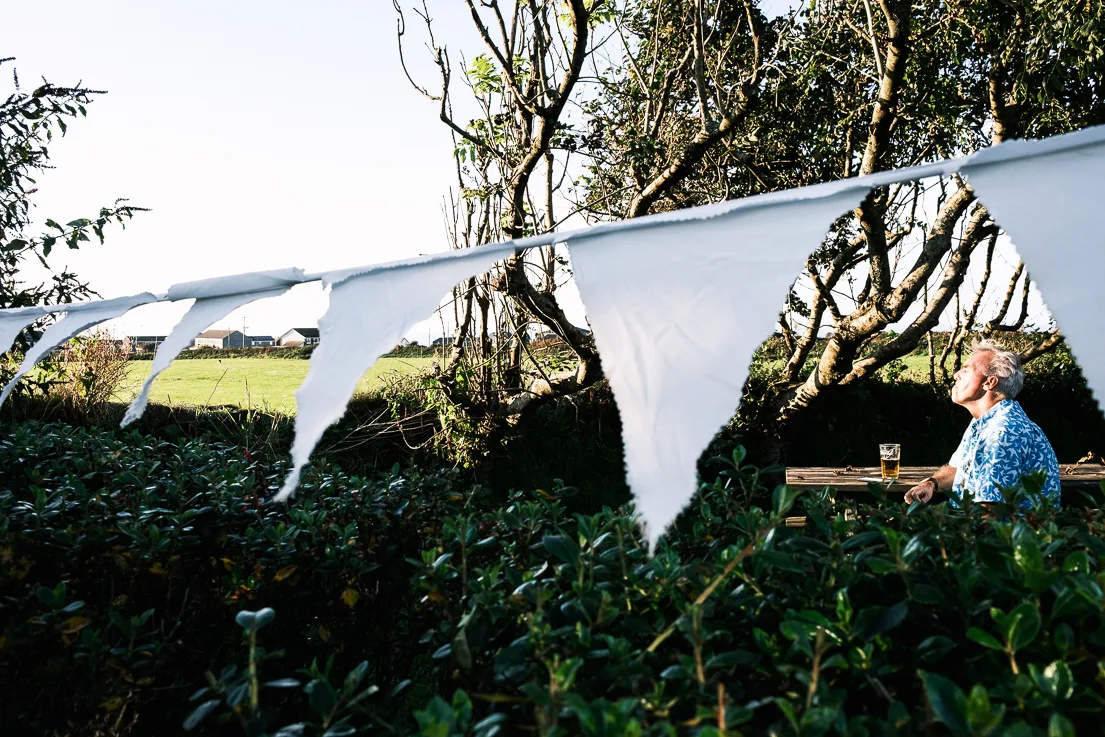



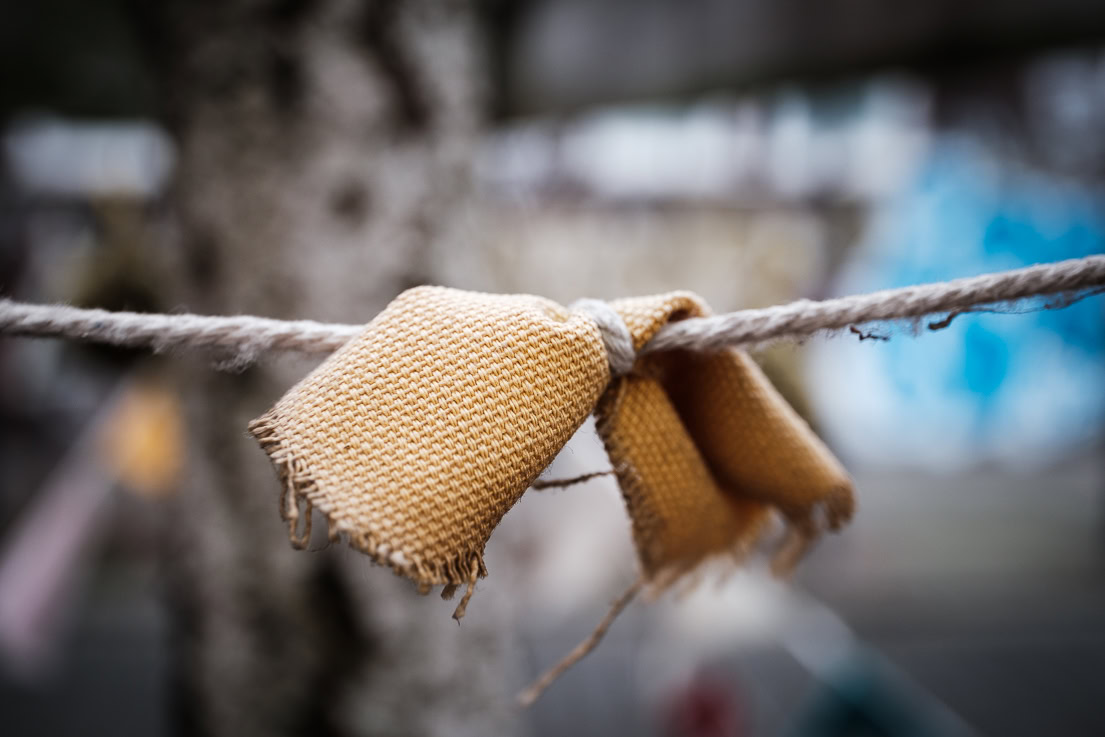









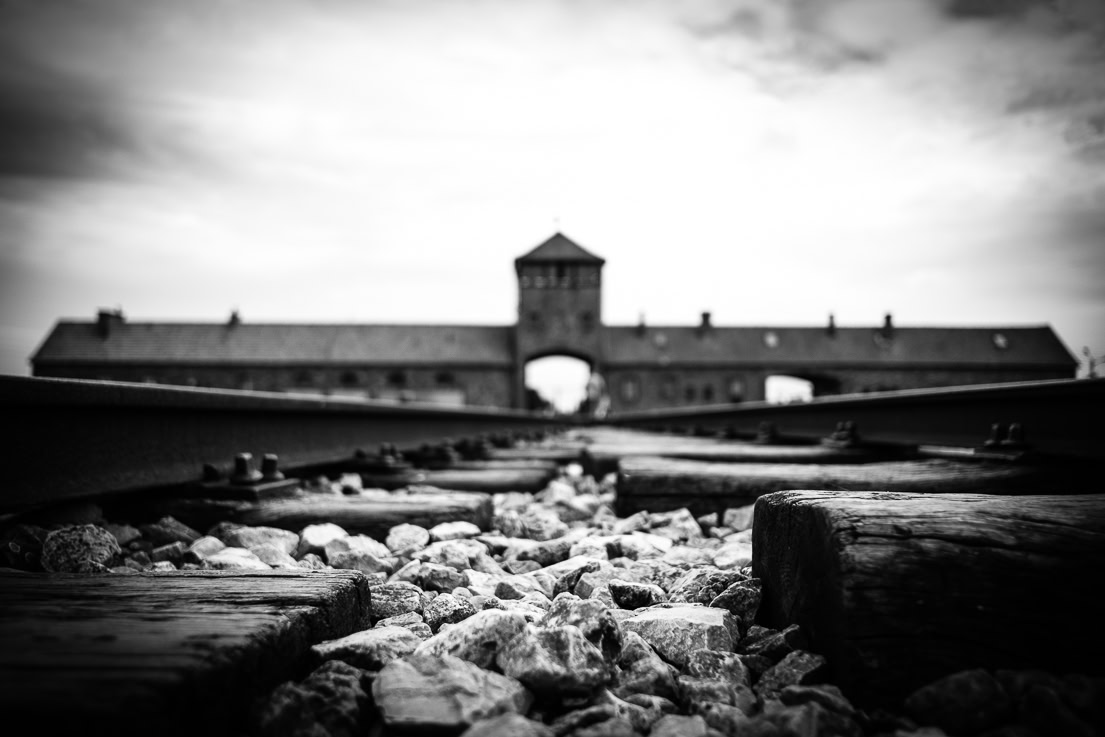




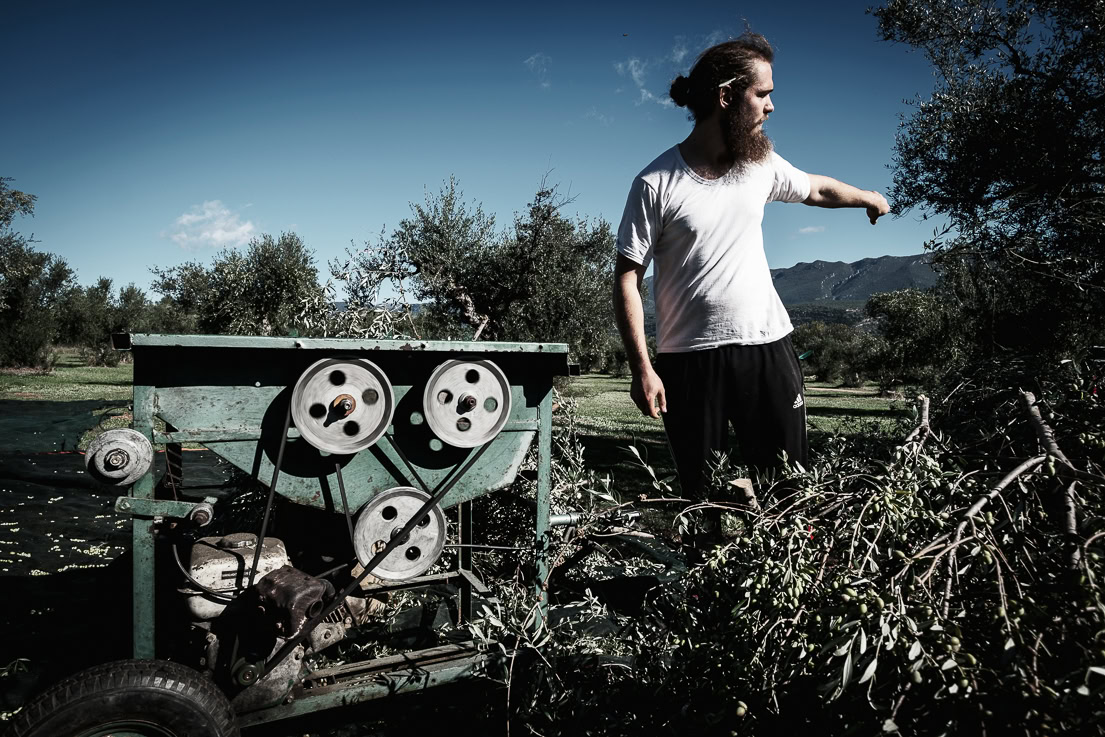

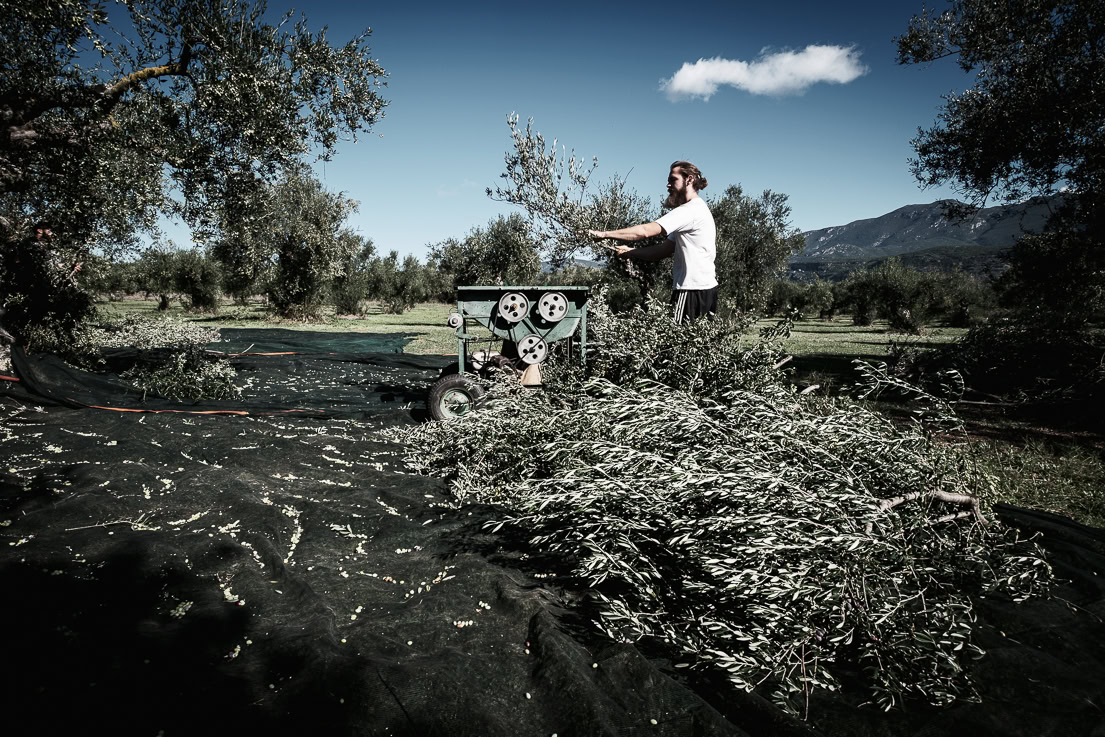



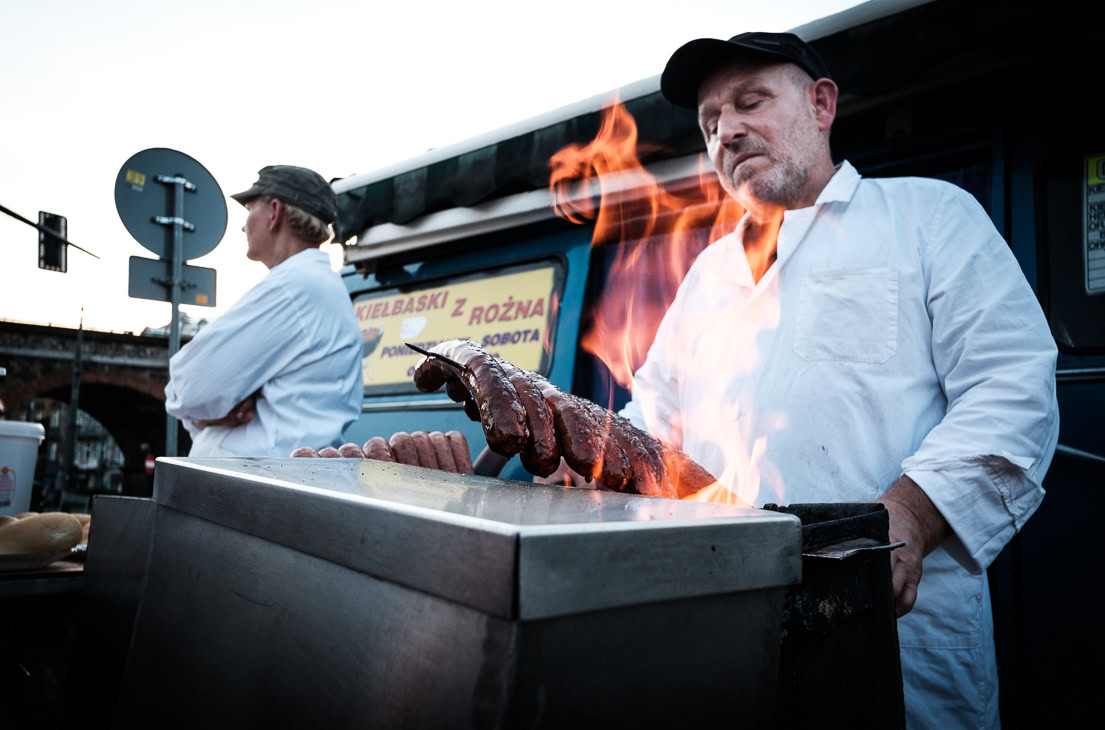






you already gave the answer to all of that: “There’s only one thing to do: shoot, shoot, … and gain the experience to do so.”
we all learn from experience. and the physical knowledge of things in photography. When I am taking pictures on stage in a big theatre or opera, I obviously use F 2,8 always on my 50-140 (Fuji) or even the 5,6/150-600 simply because getting fast shuttespeed and acceptable ISO-values are most important. AND: from a certain distance onward depth of field is no problem. It is basically outdoors, when aperture really matters. If you rely on your EVF or LCD you are lost most of the time because that will not show the effects of Bokeh well enough. So, to make sure, take two different versions and change aperture. AND (another one): taking to many close-ups may become boring after a while… But a nice bokeh for background may be as important for image-quality. So, again, just learn how to use the camera (single shot and no fast series)and later check thos pics on a good screen
Hi Peter,
Thanks for another interesting article that shows your train of thought. Looking a the pictures you’ve posted so far, I’m a little surprised by your focus on the use cases for smaller apertures. I see that you have used smaller apertures quite a lot. To me the use of aperture is not a case of ‘or-or’ but comparable to the decisions with regard to framing: what do i want inside the frame and what outside, and for what reason. With the choice of aperture, i decide what i find important to show clearly in my frame, and what can be less ‘present’. So for me, the whole range of apertures on my lens is available to me to express myself. Sometimes i need f16, sometimes f4. It is just one of the variables at my disposal. Of course focal length, iso and shutter speed go into the mix.
Best wishes,
Jan
Hello Jan,
You’re certainly right in the sense that I don’t always do that and of course I both vary and consciously decide what aperture to use. And naturally I don’t see it as an either-or decision. I maybe wasn’t that precise in the text. I just wanted to say that I had the feeling of having succumbed too much to this bokeh thing, especially in the last few months. Even way before the Leica, I think. I’ve simply caught myself taking pictures like this too often – and needless to say, you don’t see many of them. Because only Lightroom can see them… 😉
But I still find it important to think about things like this over and over again, to question your work and your working methods, etc. Hence this article, as a bit of food for thought and therapy… 🙂
Cheers,
Peter
[…] the way, points 2 and 3 are also very much in line with my last article on large depth of field – because without this, of course, it wouldn’t work at […]
I relentlessly went back and forth only recently about the wide aperture and bokeh disease. My son has it. He shoots exclusively to exploit bokeh. He only has one aperture.
Since I lost my camera gear in a flood 2 months ago, I’ve had to think hard about which single camera and single lens I would buy. I started looking at my work and the work of others to see what I wanted to achieve. It became clear to me. I didn’t need 1.0 depth of field. And exactly for the reasons you’ve given.
As I read your article, I could empathize with your thought process and will recommend it to others.
I too, saw many of my shots relying on a soft background to make a mundane scene beautiful.
I see the challenge of making everything recognizable and want to tackle it head-on.
“He only has one aperture” 🙂
I like that…
Cheers,
Peter